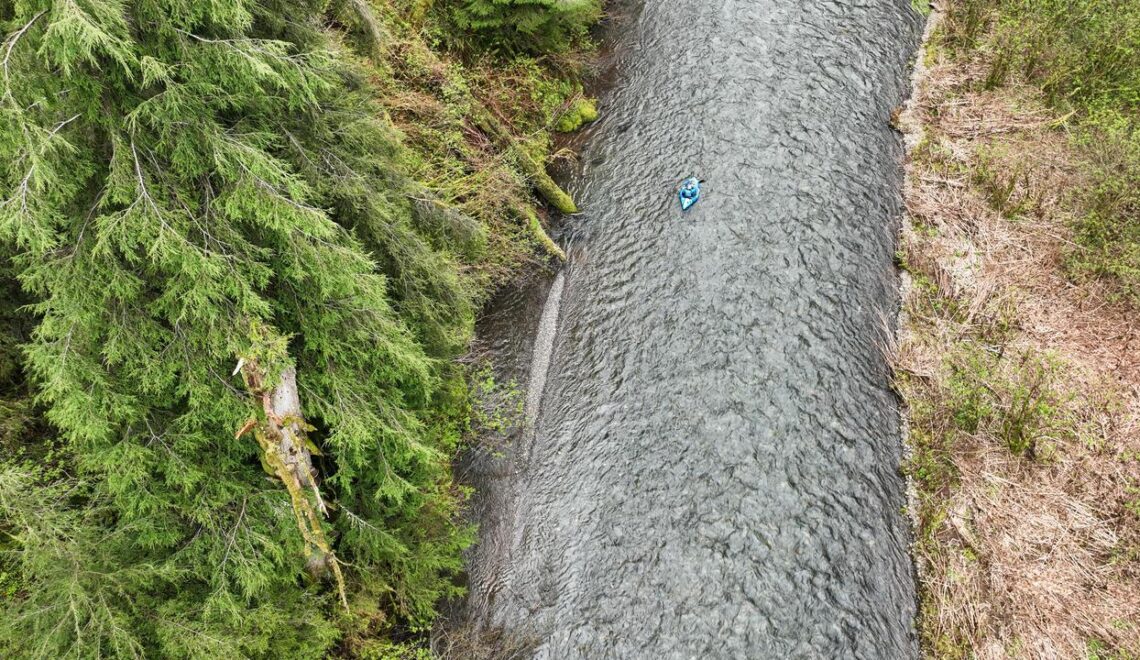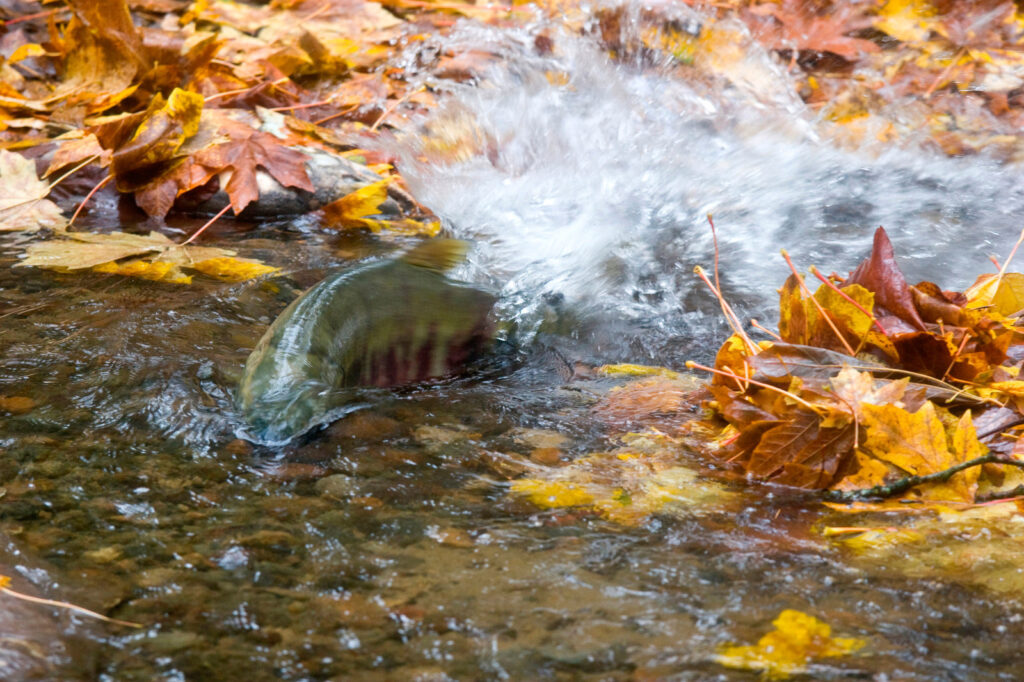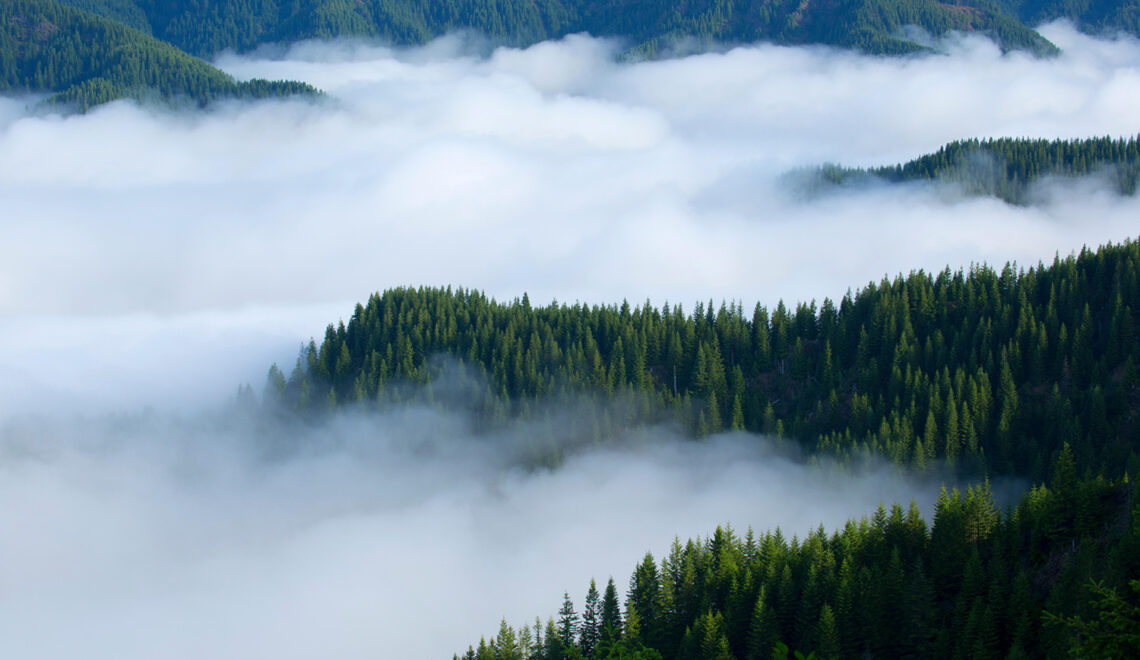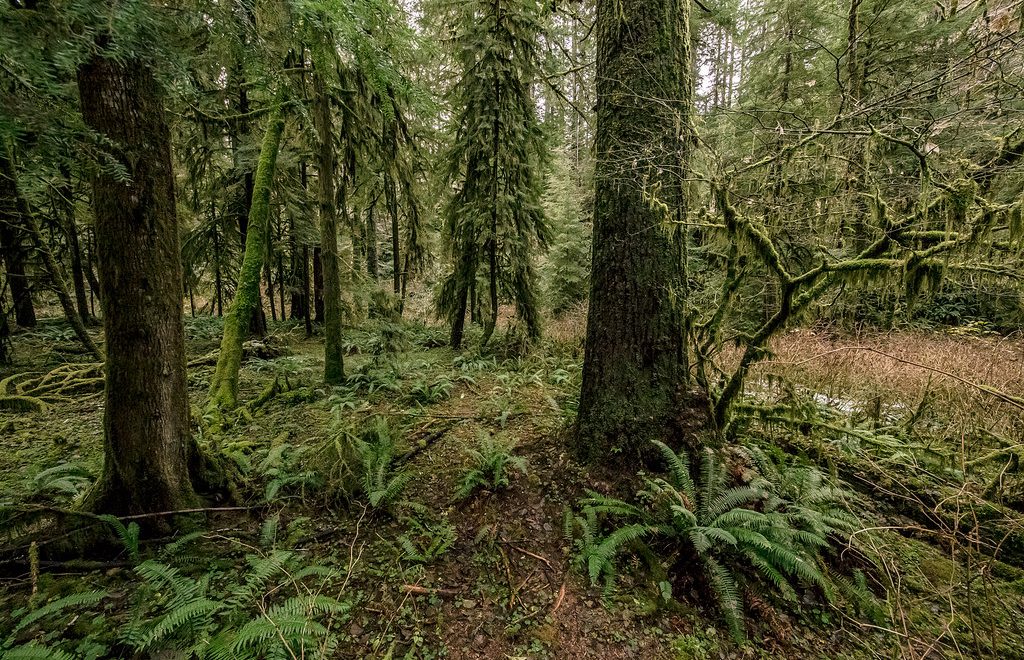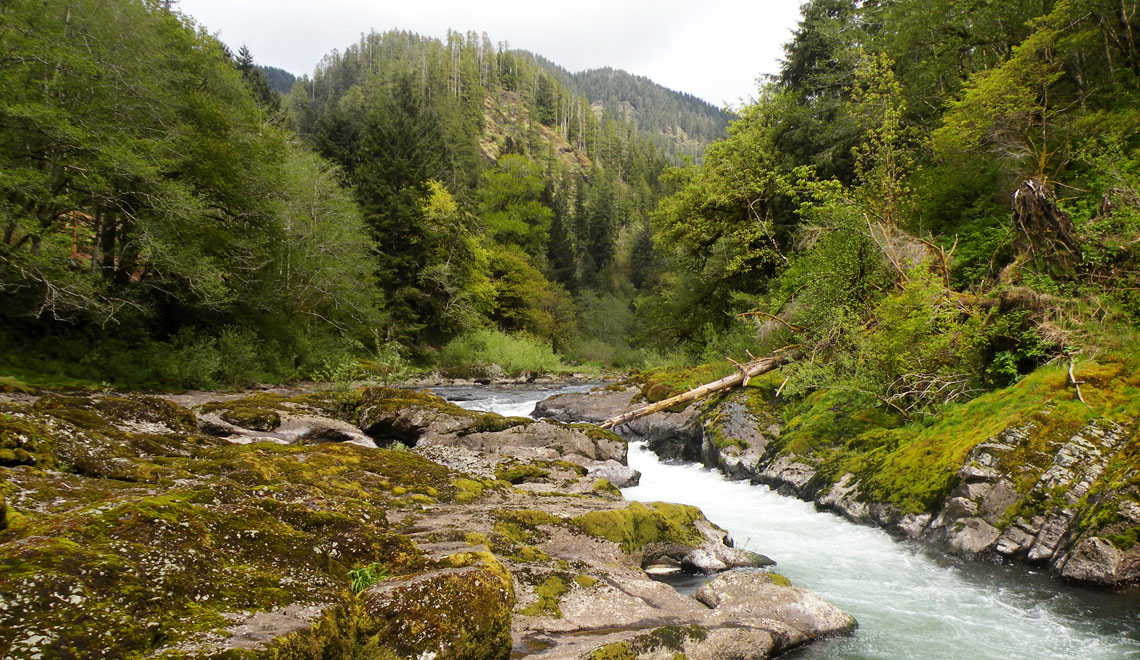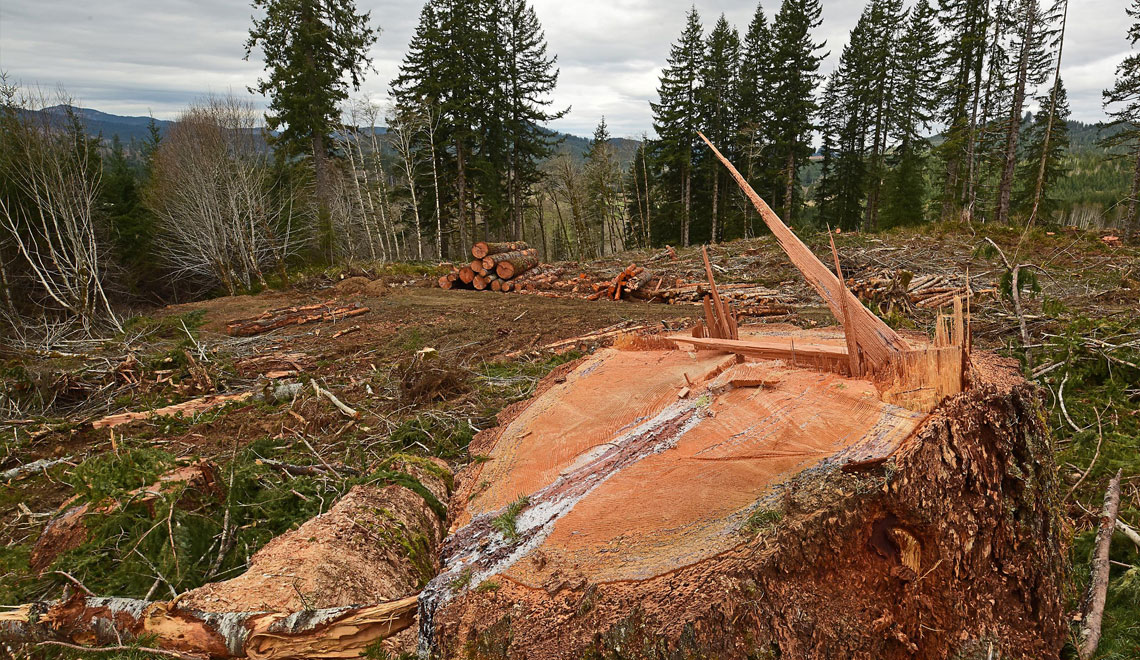Oregon State Forest Habitat Plan Clears Key Hurdle
Thanks to strong public support, this legacy plan now moves on to federal review.
On March 7, a plan to protect thousands of acres of key fish and wildlife habitat on Oregon’s North Coast got a big boost when the Oregon Board of Forestry voted to advance the state forest habitat conservation plan (HCP).
With this vote, the state forest plan—years in the making—moves on to final federal review with a decision expected by early 2025. If finalized, the plan will return to the Board for one last vote and more opportunities for public comment.
“This month’s vote to move the plan forward would not have happened without a huge show of public support,” says Michael Lang, Wild Salmon Center Senior Oregon Policy Manager. “Thousands of Oregonians stood tall for state forests despite relentless pressure from the timber industry to reduce conservation areas and increase logging.”
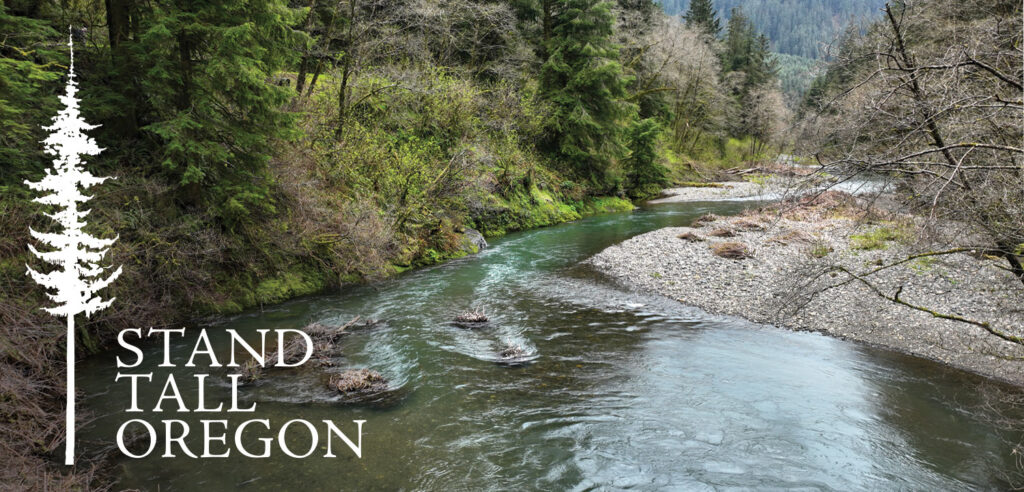
Over the past year, Oregonians showed up to support strong protections for state forests, which are home to six world-class wild salmon and steelhead rivers—the Trask, Wilson, Kilchis, Miami, Nehalem, and Salmonberry. The proposed state forest plan restores balance to state forests that have been overharvested for the past two decades, threatening these key salmon strongholds. Lang notes that the plan will also ensure the stability of timber harvests over generations—at a level that doesn’t threaten other recreation and wildlife values for these public lands.
The state forest plan covers 634,000 acres across Western Oregon, including more than half a million acres located in the Tillamook and Clatsop state forests in Oregon’s rugged North Coast. Drawing up to 100 inches of rain annually, the region’s forest, stream network, and connected tidal wetlands drive a natural fish factory, with thousands of coho, cutthroat trout, winter steelhead, and famous runs of fall Chinook that arrive in waves from September to March of each year. The Tillamook River basin is also home to the southernmost viable runs of chum salmon. Together, North Coast strongholds draw salmon and steelhead anglers from across the United States, driving a $550 million outdoor recreation economy.
The proposed state forest plan restores balance to state forests that have been overharvested for the past two decades, threatening key salmon strongholds.
The region’s benefits extend beyond superlative wild fish habitat. The North Coast’s mature, temperate rainforests of Sitka spruce, Douglas fir, cedar and hemlock provide shade and a natural filtration system that supplies more than half a million residents with drinking water from Hillsboro to the coast. And they help fight climate change by absorbing and retaining vast amounts of carbon.
The March 7 vote marks a high point in this long campaign to ensure the health of Oregon’s North Coast forests. But Lang notes our work isn’t finished yet. 2024 will bring new chances for Oregonians to keep the HCP on track and support better protections for healthier state forests and the salmon strongholds they nourish.
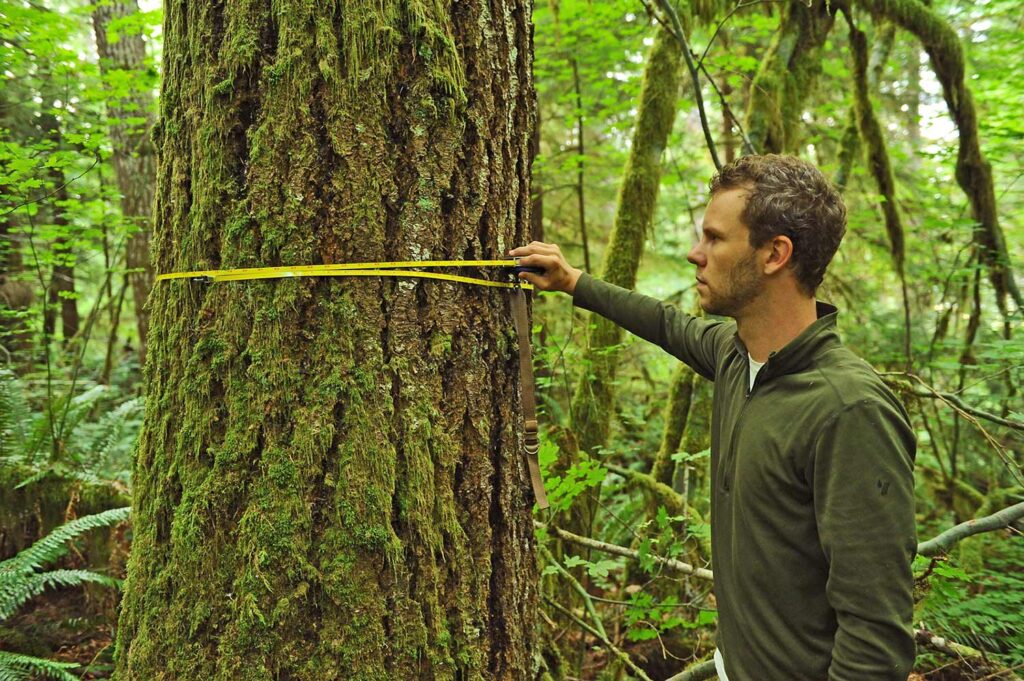
“We’re a big step closer to a state forest plan that’s far more aligned with the core values of Oregonians,” Lang says. “But we’re not there yet. Over the coming year, we’ll again be counting on Oregonians to stand tall and get this legacy plan to the finish line.”
Stay tuned for more opportunities to support the HCP and more balanced management of Oregon’s state forests.
Continue reading
